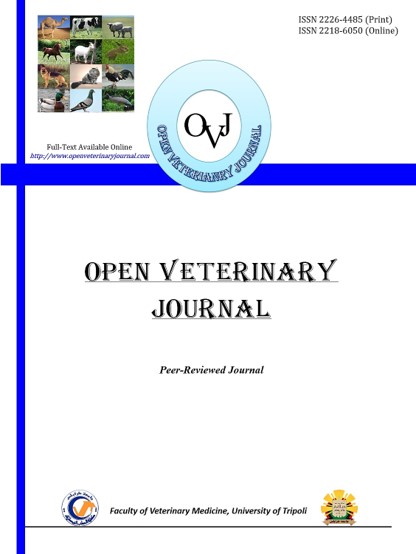During the dry period, cows can easily overconsume higher-grain diets, a scenario that could impair immune function during the peripartal period. Objectives were to investigate the effects of energy overfeeding on expression profile of genes associated with inflammation, lipid metabolism, and neutrophil function, in 12 multiparous Holstein cows (n = 6/dietary group) fed control [CON, 1.34 Mcal/kg of dry matter (DM)] or higher-energy (HE, 1.62 Mcal/kg of DM) diets during the last 45 d of pregnancy. Blood was collected to evaluate 43 genes in polymorphonuclear neutrophil leukocytes (PMNL) isolated at 14, 7, and 14 d relative to parturition. We detected greater expression of inflammatory-related cytokines (IL1B, STAT3, NFKB1) and eicosanoid synthesis (ALOX5AP and PLA2G4A) in HE cows than in CON cows. Around parturition, all cows had a close balance in mRNA expression of the pro-inflammatory IL1B and the anti-inflammatory IL10, with greater expression of both in cows fed HE than CON. The expression of CCL2, LEPR, TLR4, IL6, and LTC4S was undetectable. Cows in the HE group had greater expression of genes involved in PMNL adhesion, motility, migration, and phagocytosis, which was similar to expression of genes related to the pro-inflammatory cytokine. This response suggests that HE cows experienced a chronic state of inflammation. The greater expression of G6PD in HE cows could have been associated with the greater plasma insulin, which would have diverted glucose to other tissues. Cows fed the HE diet also had greater expression of transcription factors involved in metabolism of long-chain fatty acids (PPARD, RXRA), suggesting that immune cells might be predisposed to use endogenous ligands such as nonesterified fatty acids available in the circulation when glucose is in high demand for milk synthesis. The lower overall expression of SLC2A1 postpartum than prepartum supports this suggestion. Targeting interleukin-1 signaling might be of value in terms of controlling the inflammatory response around calving. The present study revealed that overfeeding cows during late pregnancy results in activation, ahead of parturition, of PMNL responses associated with stress and inflammation. These adaptations observed in PMNL did not seem to be detrimental for production.
DOI:
https://doi.org/10.3168/jds.2014-8811
Altmetric score:
Dimensions Citation Count:
























